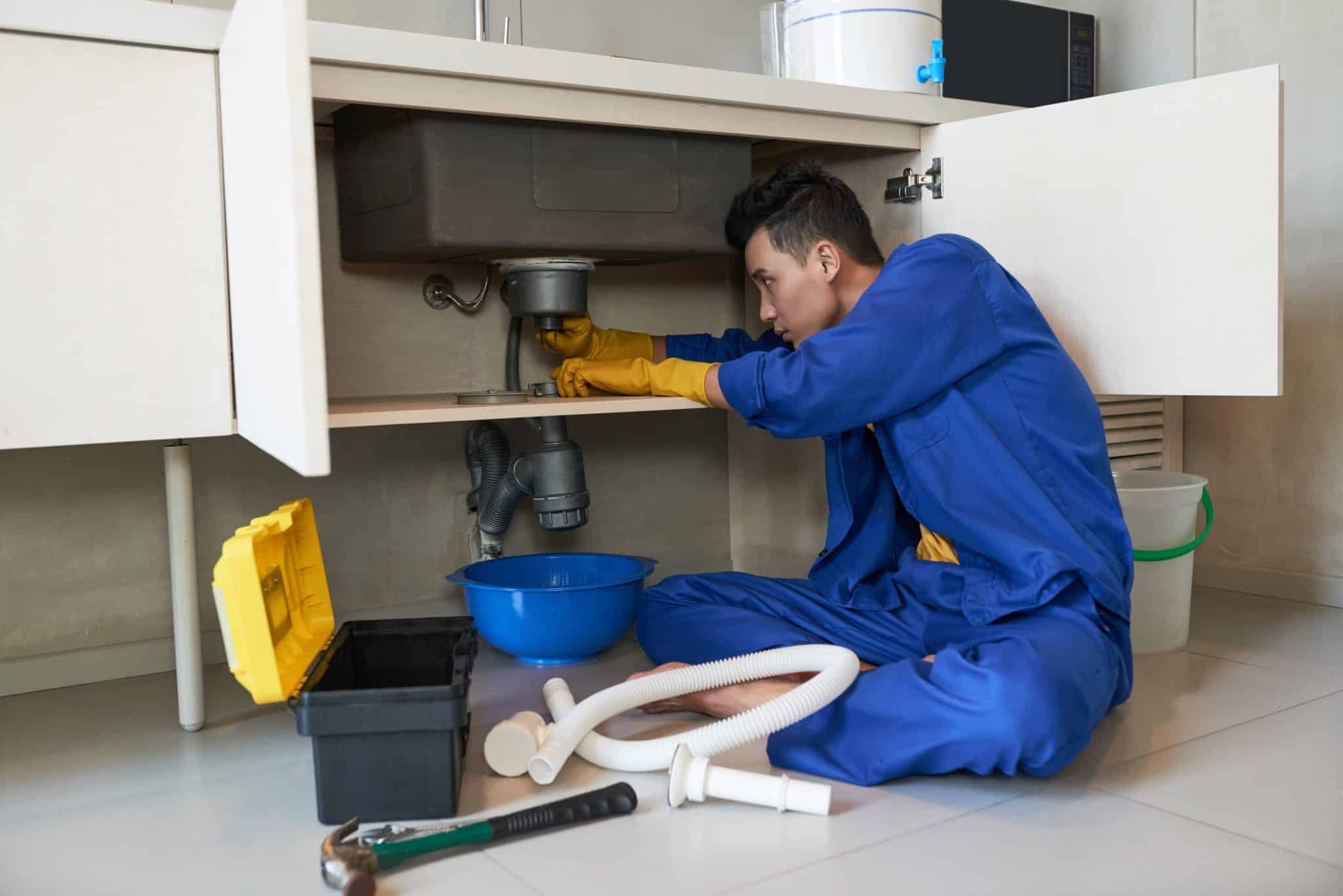Keeping your tyres in good condition is essential for safe driving, smooth performance, and long-term savings. One of the most overlooked aspects of tyre maintenance is wheel alignment, a simple adjustment that can have a major impact on how your vehicle handles, how long your tyres last, and even how much fuel your car uses. Many drivers focus on tyre rotation or balancing but forget that alignment plays a key role in ensuring their vehicle performs efficiently. Whether you’re maintaining a family car, SUV, or performance vehicle, getting regular wheel alignments from experts like wheels albury specialists can make a noticeable difference.

What Is Wheel Alignment?
Wheel alignment refers to the precise adjustment of a vehicle’s suspension system to ensure the tyres meet the road at the correct angle. It’s not about adjusting the tyres themselves but about calibrating the suspension components that connect them to the vehicle. Proper alignment ensures that each wheel is parallel to the others and perpendicular to the ground. These adjustments involve three key angles:
- Camber: The inward or outward tilt of the tyre when viewed from the front.
- Caster: The angle of the steering axis when viewed from the side.
- Toe: The direction the tyres point relative to each other when viewed from above.
When these settings are off, even by a small degree, it can lead to uneven tyre wear, steering issues, and increased fuel consumption.
How Misalignment Happens
Over time, everyday driving can cause your wheels to become misaligned. Hitting potholes, curbs, or speed bumps too fast can knock the suspension out of place. Even minor collisions or worn suspension components can alter the alignment. Poor road conditions and aggressive driving also speed up misalignment. Since the effects happen gradually, many drivers don’t notice until uneven wear or poor fuel economy becomes obvious.
Impact on Tyre Life
One of the most immediate consequences of poor alignment is uneven tyre wear. When your wheels aren’t correctly aligned, certain areas of the tyre make more contact with the road than others. This uneven pressure causes premature wear and shortens tyre life.
For example:
- Toe misalignment often leads to feathering or scrubbing across the tread.
- Negative or positive camber issues cause wear on the inner or outer edges of the tyre edges.
Instead of lasting 40,000 kilometres, your tyres might only last 20,000, cutting their lifespan in half. Regular alignment checks prevent this problem and help you get the most out of your tyre investment.
How Alignment Affects Fuel Efficiency
Fuel efficiency is another central area affected by wheel alignment. When tyres aren’t pointing in the right direction, the vehicle faces increased rolling resistance. This means the engine has to work harder to move the car forward, using more fuel in the process. Studies show that misaligned wheels can reduce fuel economy by up to 10%.
Over months or years, this adds up to a significant increase in cost. For drivers who travel long distances, the savings from proper alignment quickly outweigh the price of the service. Maintaining correct tyre pressure and regular alignment ensures your car runs efficiently and economically.
Improved Handling and Safety
Proper alignment doesn’t just save money; it keeps you safer. A car with poor alignment can pull to one side, vibrate, or have unresponsive steering. These issues can make it harder to stay in control, especially during high-speed driving or emergency manoeuvres. When wheels are correctly aligned, the steering wheel sits straight, the car tracks true, and tyres grip the road evenly. This stability improves overall driving comfort and reduces the risk of accidents.
When to Get Your Wheels Aligned
Experts recommend getting a wheel alignment check every 10,000 to 15,000 kilometres or at least once a year. However, you should schedule one sooner if you notice symptoms such as:
- Uneven tread wear
- A vibrating steering wheel
- Your vehicle is pulling to one side.
- A crooked steering wheel while driving straight
After replacing tyres or repairing suspension parts, it’s also a good idea to realign your wheels. Preventative maintenance ensures the best performance from your vehicle and prolongs tyre life.
The Value of Professional Wheel Alignment
While DIY alignment tools exist, achieving precision requires advanced equipment and expertise. Professional technicians use laser-guided alignment systems to measure angles down to fractions of a degree. These services not only correct alignment but also check for worn suspension parts that might cause recurring issues. Regular visits to reputable workshops, like wheels albury professionals, help ensure that your vehicle remains safe, efficient, and comfortable to drive.
Conclusion
Wheel alignment may seem like a minor maintenance task, but its impact on tyre life, fuel efficiency, and safety is substantial. Neglecting alignment can lead to faster tyre wear, higher fuel costs, and reduced road control. By scheduling regular checks and trusting qualified technicians, you can extend the life of your tyres and enjoy smoother, more economical driving. Keeping your wheels properly aligned isn’t just about performance; it’s about protecting your investment and ensuring every journey is as efficient as possible.


